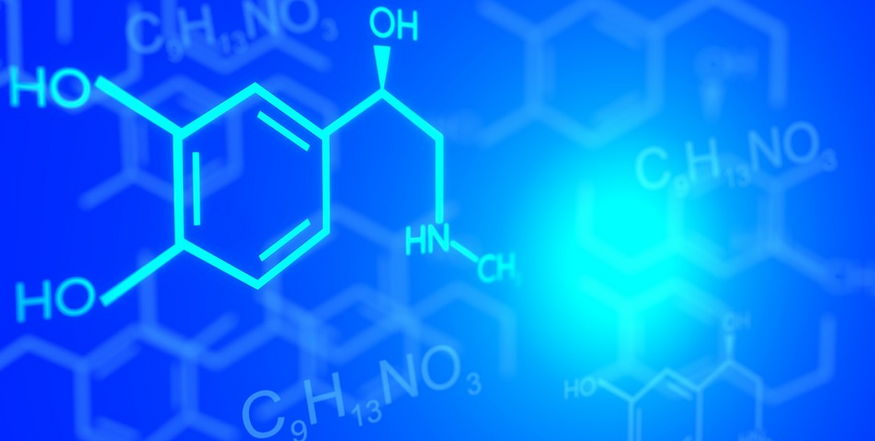Introduction
Cells are the basic building blocks of life. They are responsible for all the functions that keep us alive, such as breathing, digestion, and movement. In order for cells to work properly, they need to maintain a balance of ions inside and outside the cell. This is where the sodium potassium pump comes in.
What is the Sodium Potassium Pump?
The sodium potassium pump is a specialized protein that is found in the cell membrane of all animal cells. Its function is to transport sodium ions (Na+) out of the cell and potassium ions (K+) into the cell. This process requires energy in the form of ATP (adenosine triphosphate).
How Does the Sodium Potassium Pump Work?
The sodium potassium pump has three binding sites: one for ATP, one for sodium ions, and one for potassium ions. When ATP binds to the pump, it undergoes a conformational change that allows it to bind to three sodium ions. This causes the pump to change shape again, releasing the sodium ions outside the cell.
Next, two potassium ions bind to the pump, causing another conformational change that releases the phosphate group from ATP. This process allows the pump to return to its original shape, releasing the potassium ions into the cell.
Why is the Sodium Potassium Pump Important?
The sodium potassium pump is essential for maintaining the proper balance of ions inside and outside the cell. This balance is necessary for many cellular processes, including nerve transmission, muscle contraction, and maintaining proper pH levels.
Regulation of the Sodium Potassium Pump
The sodium potassium pump is regulated by a number of factors, including hormones and neurotransmitters. For example, the hormone aldosterone stimulates the production of more sodium potassium pumps in the kidneys, which helps to regulate blood pressure.
Implications for Health and Disease
Dysfunction of the sodium potassium pump has been linked to a number of diseases, including hypertension, heart failure, and neurological disorders. Understanding the biochemistry of this important protein can help researchers develop new treatments for these conditions.
Conclusion
The sodium potassium pump is a critical component of cellular function. Its ability to maintain the proper balance of ions inside and outside the cell is essential for many physiological processes. By studying the biochemistry of this protein, we can gain a deeper understanding of how cells work and develop new treatments for a variety of diseases.

